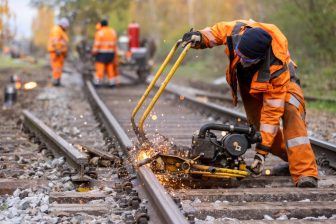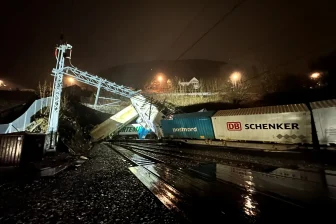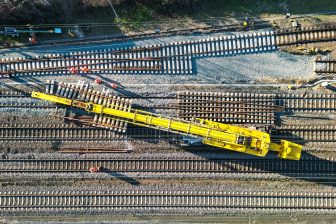More SPAD incidents recorded in Netherlands
Last year, there were sixteen fatalities, six serious injuries and eleven minor injuries on the railway network. Furthermore, there was continued growth in the number of Signal Passed at Danger (SPAD) incidents. This was revealed in the 2018 Annual Report into Rail Safety (Jaarverslag Spoorveiligheid), recently published by the Human Environment and Transport Inspectorate (ILT).
Fourteen deaths and three serious injuries were caused by accidents at level crossings. This includes the victims of the accident with the Stint in Oss. “So level crossings remain our biggest area of concern”, says the ILT. According to the report, 26 level crossings were removed in 2018, which is more than in 2016 and 2017 put together, and no new level crossings were built. However, 108 unregistered level crossings were discovered, as a result of ProRail changing the administration around these crossings during the year. The newly registered level crossings are primarily within ports and on industrial estates, where trains can travel at a maximum of 30 kilometres per hour.
SPAD incidents
A key takeaway from the annual report is the growing number of SPADs (Signals Passed at Danger), which is when trains have gone through red signals. In 2018, 137 SPADs were recorded, which was 30 per cent more than in 2017. According to ILT, an important cause of this is that train staff, train service leaders and work planners deviate from the procedures. This became more of an issue in 2018 as the working procedures changed on some shunting yards.
An advantage of the changes to working procedures is that the running of red signals is now better recorded. This means there is less under-reporting, noted the inspectorate. Moreover, while the number of SPADs increased, the danger caused by SPADs actually decreased. “Only 26 SPADs (19 per cent) were actually dangerous. A relatively large number of SPADs took place in shunting yards, where there is less chance of danger due to the low speeds.” View the full annual report from the ILT here.
ERTMS leads to greater risk
The inspectorate also noted that while upgrading the signals to ATB Vv leads to improved train protection, SPADs under ERTMS Level 1 actually form a relatively greater risk. According to the ILT, the European system is not well set up to limit the risk at danger spots (GVP+). “This primarily has implications in ERTMS L1 shunting areas, where there is no braking curve supervision under 40 km an hour, and there is usually shunting without route control.”
The ILT wants to do more research into the underlying causes of this. To do so, it needs ERTMS train-trackside communication data. The inspectorate says that it asked ProRail for this data back in 2014. ProRail is happy to share it, but first needs permission from the rail operators, and until now the number of them has declined.



